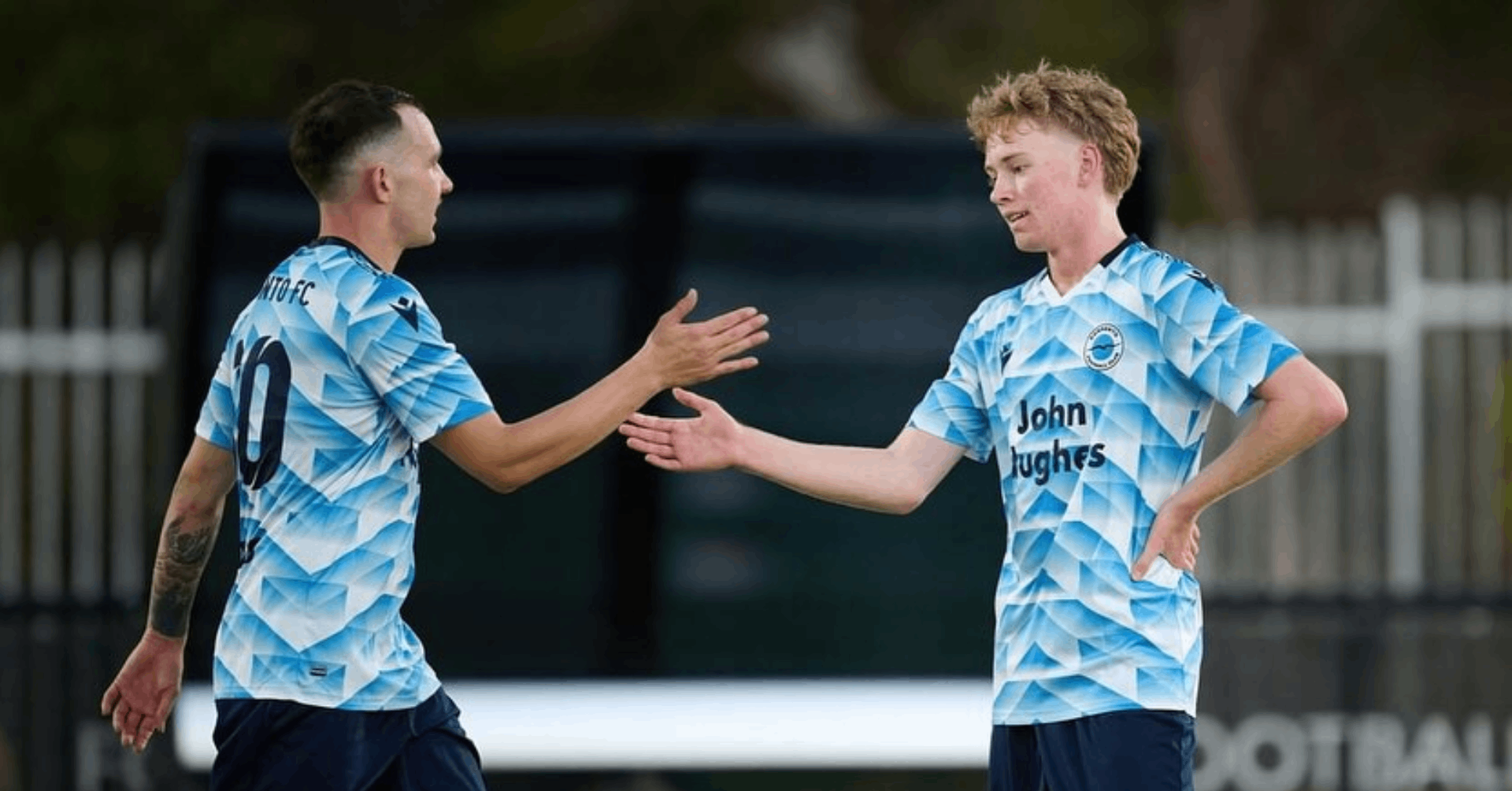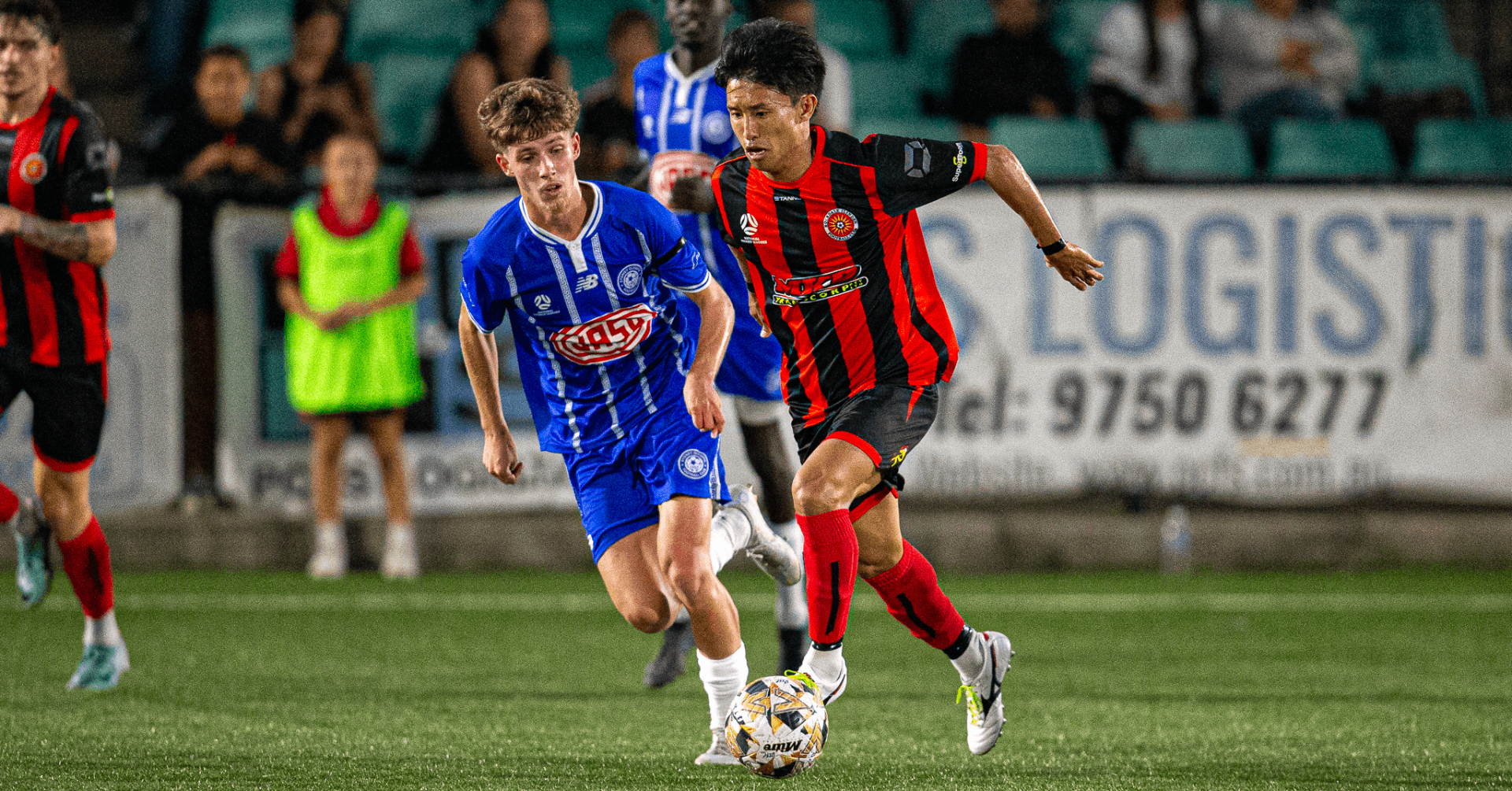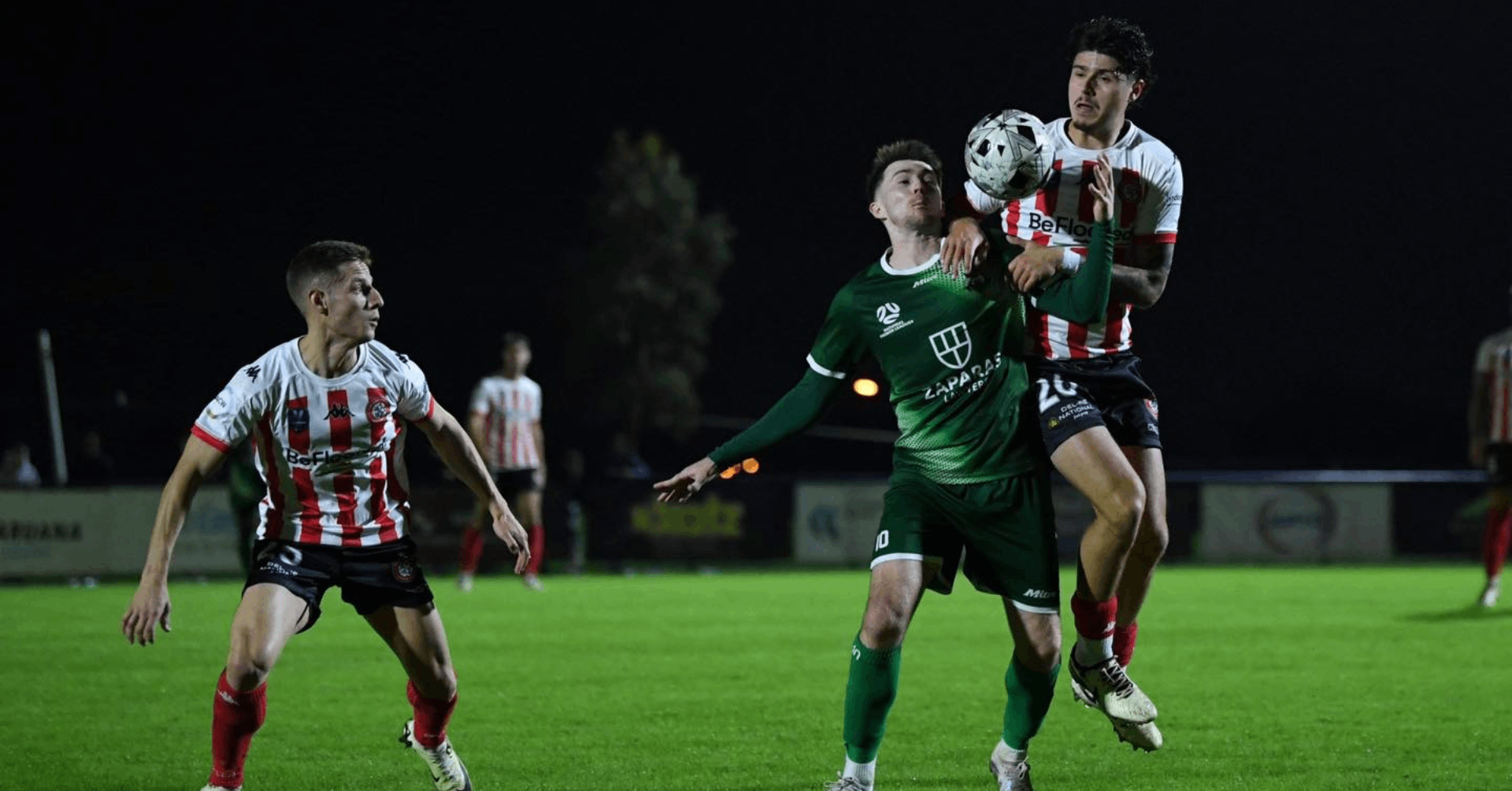Tactical Analysis: How the Western Sydney Wanderers defeated Adelaide United
The Western Sydney Wanderers’ emphatic win over Adelaide United in the Australia Cup 2023 Round of 16 was more than just a fluke performance.
While the 5-1 scoreline may have flattered them slightly, they outplayed their opponents both in terms of individual quality and tactical cohesion, with Marko Rudan’s side putting up an immensely impressive, thoughtful performance.
Both with and without the ball, the Wanderers remained in control of the match throughout the opening hour which saw them net all five goals and march onto the Quarter Finals of the Australia Cup.
Wanderers’ domination without the ball
It is a common misconception that the team with the most possession is the team that controls the game.
But it is perfectly plausible to have command and dominance without possession, particularly when setting up such a cohesive, clever defensive structure to expose your opposition’s weaknesses, whether structural or individual.
The Wanderers did just this, exploiting the narrowness of Adelaide’s deep build-up play and cleverly setting pressing triggers to not just stifle Adelaide’s ability to move the ball forward but create chances of their own.
Adelaide predominately operated in a 2-3 or 3-2 build-up structure, looking to move fullbacks inside.
The 2-3 or 3-2 saw Adelaide’s deep build-up remain narrow, allowing the Wanderers to sit in a tight defensive shape and protect spaces in between the lines.
They were highly successful in preventing Adelaide from progressing through central areas, which was, beyond the clever structure, due to the heavy marking of United’s deep-lying playmaker Isaias.
Isaias plays a major role in setting the tempo of the match to allow Adelaide to exert control with the ball and also has the ability that the backline lacks in finding players in between the lines.
When he would receive the ball, one of the Wanderers’ double pivot would aggressively close him down; in the image above, defensive midfielder Joshua Brillante is the highest presser for his side.
The Wanderers managed to successfully halt Adelaide’s ability to move forwards centrally, and forced the ball to the high and wide wingers.
This was highly significant in the outcome of the match.
It allowed the Wanderers to control the game without the ball, by forcing Adelaide into less threatening, wide areas with low-percentage passes due to the distances between the defensive line and the wingers.
It was this that was the product of a lack of creative output in the opening hour from Adelaide - after which, the match had already been decided.
Turning a strong defence into a coherent chance creating machine
Beyond halting Adelaide’s ability to create chances, the Wanderers also used their cohesive defensive structure to their opponents’ build-up to find opportunities of their own.
The Wanderers effectively picked their moments to press, capitalising on individual mistakes to form a significant part of their chance creation.
This aggressive press, created from a precarious pass into midfield saw the Wanderers force a turnover and create a golden opportunity for Brandon Borrello, who subsequently missed the one-on-one.
Throughout the match, Wanderers aggressively closed down central spaces, as exemplified by their consistent pestering of Isaias when he had the ball, and it was what brought their game plan to life and allowed them to dominate the match both with and without possession.
Upon winning back the ball, they transitioned with efficiency and elegance into attack, in part due to their front four, who as a result of the structure without the ball were able to pick up threatening, forward positions as soon as WSW had possession once more.
The Wanderers’ fourth goal featured another turnover forced by an aggressive intercept to a pass inside, which saw them then transition into a dangerous attack.
The Wanderers front four were able to take up advanced positions due to the narrowness of Adelaide’s build-up; rather than going man for man, they merely blocked clear passing angles into central areas.
Quickly, the Wanderers found themselves in a 5v3, and Milos Ninkovic calmly slotted home to send the home side into ascendancy.

Wanderers’ control in possession
The Wanderers were also extremely efficient in build-up of their own - looking effective and calm in possession to draw in Adelaide’s press to play through.
From the very start, Rudan’s side looked to use Lawrence Thomas to draw in the Adelaide forward line.

In the first 15 minutes, Adelaide’s press was disorganised and ineffective, with the Wanderers often finding a free man in deep central midfield, as shown in the image above. This allowed the home side to move forward with ease.
While Adelaide’s press improved after that in covering central areas, structurally it remained questionable, with the Wanderers’ use of fullbacks being the difference maker in their ability to control the match with the ball.
Adelaide’s wingers consistently looked to move forwards in a hybrid format to press one of the Wanderers’ two central defenders whilst also trying to cover the fullback, who was placed in a mid-high position on the wing, but consistently, Jack Clisby and Aidan Simmons were left free.

The Wanderers’ second goal stemmed from an aggressive fullback movement forwards on a counter-attack, with Clisby attacking the space ahead of him and steering clear of Bernardo, before beginning a swift move that resulted in Borrello’s first of the match.
It was a key mechanism in creating chances throughout the match for WSW, and the high positioning of fullbacks, and Adelaide’s inability to adapt, was significant in leading to their emphatic victory.
And when Adelaide’s wingers did effectively cover passing angles to their fullbacks, they would look to find them through Brandon Borello, who dropped off the frontline and played a direct, curled pass to the right-back multiple times throughout the match.
This gave the Wanderers another route to finding the spare man in one of the fullbacks, to consistently exploit the weaknesses in Adelaide’s press.
It was this, alongside Rudan’s clever defensive structure, that saw the Wanderers put cup kings Adelaide United to the sword at Marconi Stadium.
WSW secured their second consecutive Australia Cup performance having scored five or more goals, but it was this tactical victory, over a fellow A-League Men side in a one-off match, that has cemented them as a true force to be reckoned with throughout the remainder of the tournament.



